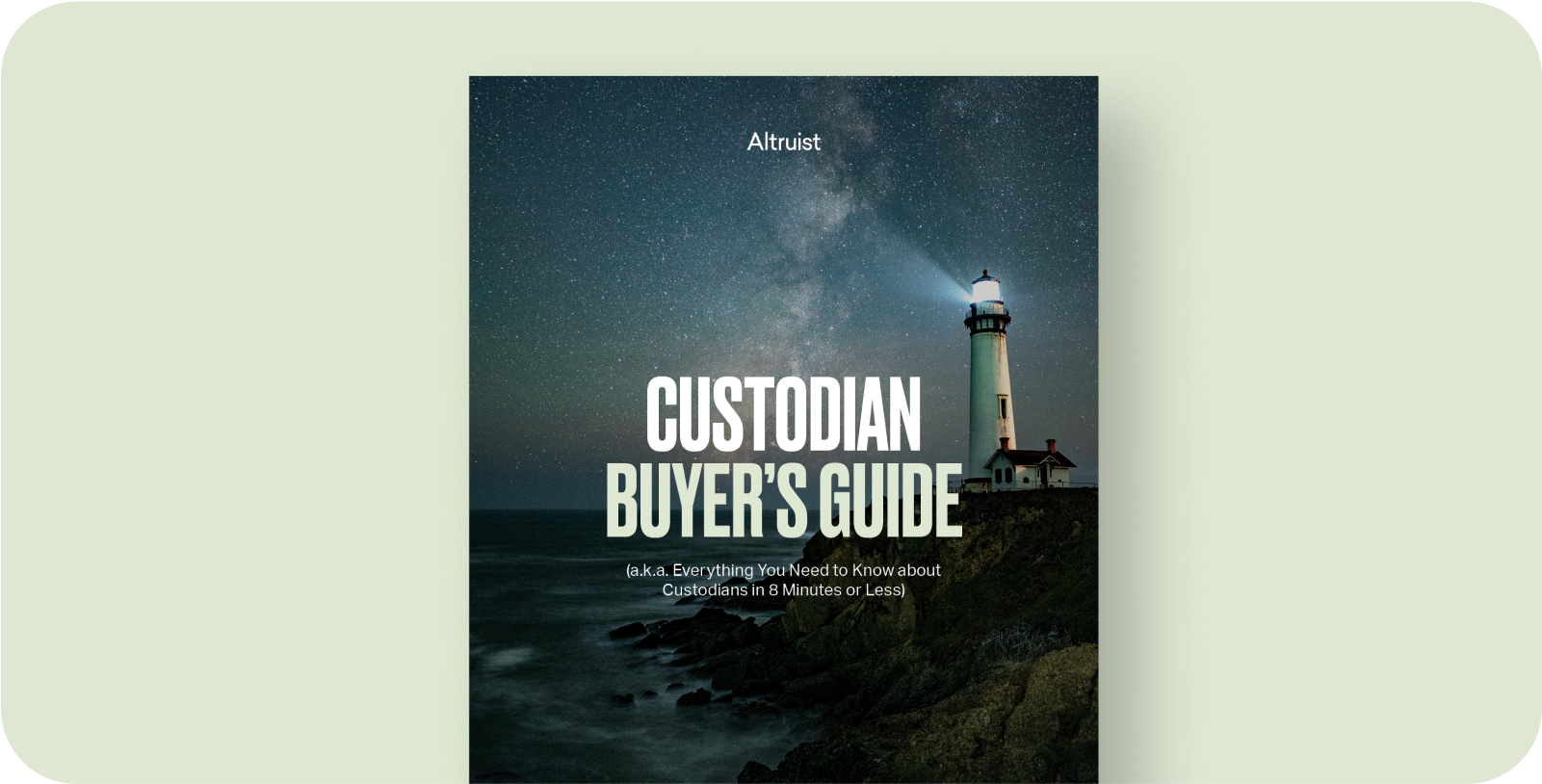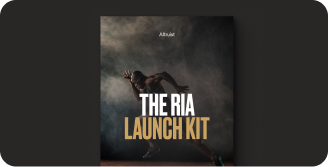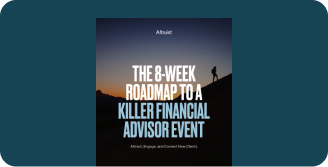In a few weeks, my wife and I will welcome a baby girl into the world.
The dad in me is excited to start this chapter of life. I am eager to guide this little person through all her firsts — going to the beach, tasting a lemon, listening to Burna Boy — and to continue building upon a legacy passed down by my parents and my grandparents before them.
A legacy is so much more than wealth. But in the thousands of discussions I’ve had with my clients, and in considering the life I want for my daughter, wealth is a central part of the legacy conversation.
If your clients have young kids, you have an opportunity to strengthen your relationship
Questions will inevitably arise around the impact of new expenses, the cost of education, saving and investing in their future, and ultimately, the process of transferring wealth as tax-efficiently as possible. As you guide them through these considerations, it will likely be the first time they’re hearing about UGMAs and UTMAs.
As financial advisors, our job is to make complicated topics feel accessible; to help our clients reach their best decisions while gracefully navigating the morass of acronyms, accounts, strategies, and tradeoffs. Every teaching opportunity is an opportunity to build trust.

I use a 3-step framework to break down new account types for my clients
Following this flow reduces jargon, structures information in a digestible format, and sparks an informed discussion.
- Introduce the account in the context of a theme and objective (if you were explaining a 401k, the theme would be retirement and the objective would be reducing your tax burden)
- Outline the basic rules and always provide an example
- Summarize the tradeoffs that are applicable to your client’s unique situation
Let’s apply this framework to a conversation around UGMAs and UTMAs. It might go something like this...
Introduce the account
If you’re looking for a way to invest in your child’s future (theme) that doesn’t limit the use of funds strictly to education (goal), you might consider opening an UGMA or UTMA. The acronyms stand for Uniform Gift to Minors Act and Uniform Transfer to Minors Act, respectively — but this detail isn’t terribly important.
Contrasted to 529 Plan, which is a tax-advantaged way to save for college and K-12 tuition expenses, UGMAs and UTMAs don’t get the same favorable tax treatment. However, they’re more flexible around how the child can ultimately use the funds. For example, she could buy a property, travel the world, start a small business, or simply continue growing her portfolio.
Outline the rules
With all account types, there are rules around contributions, what assets can be held in the account, withdrawals, and tax treatment. Please note, the specific numbers below apply to the 2022 tax year and are subject to change.
Contributions: Parents, extended family, and friends can individually contribute up to $16k per year (per child) without running into complicated gift tax scenarios. It’s important to note that as soon as money is deposited into the account, it belongs irrevocably to the child. The custodian of the account can make investment decisions, but the assets are legally in the child’s name.
Assets: Both UGMAs and UTMAs can hold individual stocks, mutual funds, exchange-traded funds, and bonds. UTMAs go one step further and allow parents to transfer things like fine art, patents, and real estate to the child.
Note: Altruist’s UGMA & UTMA accounts currently support stocks, mutual funds, exchange-traded funds and OTC trading.
Withdrawals: Before the custodianship ends — when the child reaches the age of 18 or 21 (with a few exceptions depending on the state) — withdrawals can be made by the parent, but the funds must be used for the benefit of the child. If they’re misused, your child could sue you down the line... a situation most parents generally try to avoid.
Tax Treatment: In a given tax year, the first $1,100 of income, interest, or realized capital gains are tax-free. The next $1,100 is taxed at the child’s rate. And anything above $2,200 is taxed at the parent’s highest marginal tax rate. This is a sort of roundabout way to ensure that parents aren’t using their child’s account to shield their own assets from taxes.
Once the custodianship ends and the child (now adult) takes over the account, these unique tax rules no longer apply and the account is treated like a standard brokerage account.
So for example... let’s say you’ve got $50k invested in your child’s UGMA, mostly allocated to dividend paying stocks, and the dividend averages out to roughly 3% per year. In a given tax year, you’ll have a dividend payout of $1,500. The first $1,100 is entirely untaxed, and the remaining $400 is taxed at the child’s rate (let’s assume 10%)... so in this particular scenario, about $40 is going to the IRS.
As a note, this example is just illustrative — it’s always good to consult tax professionals about the specifics.
Summarize the trade-offs
There are three trade-offs that are worth discussing given your family’s financial goals:
- Balancing flexibility with education-specific savings (many parents, including my wife and I, take a hybrid approach and make use of both account types)
- Investing in your child’s future vs. other needs (like your retirement contributions)
- The potential impact on college financial aid (assets in a custodial account can reduce eligibility for need-based financial aid)
Once you’ve completed this final step, an informed discussion can ensue
You’ve addressed the big picture, outlined the important rules, and laid out the relevant considerations. These are the prerequisites for your client to feel confident about the decision that you will ultimately make together.
If you are an advisor on the Altruist platform serving clients with young kids, consider initiating a conversation about UGMAs and UTMAs. If you aren’t yet on the Altruist platform, feel free to connect with our team for a hands-on demo to learn more about how we’re giving RIAs greater independence by consolidating their tech stack, reducing fees, and improving the client experience.











